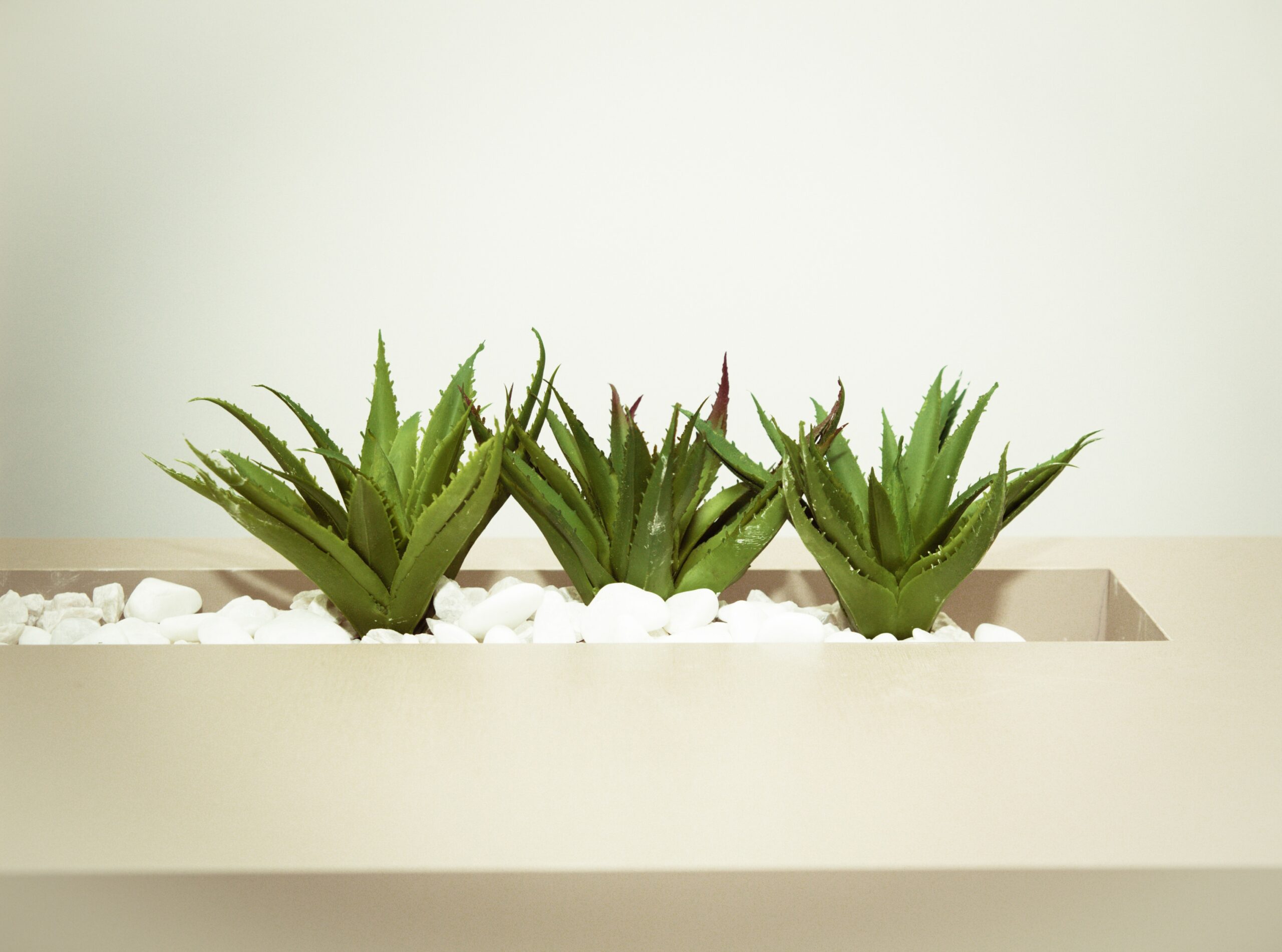Beautiful Plants For Your Interior

Gardening isn’t just about planting and watering; it’s also about understanding the intricate needs of your plants. One essential aspect of plant care is leaching, a practice that may sound unfamiliar but plays a significant role in maintaining healthy and thriving plants. In this article, we’ll explore what leaching is, why it’s important, and how it benefits your precious green companions.
What is Leaching?
Leaching is a horticultural practice that involves flushing excess salts and mineral buildup from the soil in your plant containers or garden beds. Over time, minerals from water and fertilizers can accumulate in the soil, potentially reaching levels that become harmful to your plants.
Why is Leaching Important?
Leaching is crucial for several reasons:
- Preventing Salt Buildup: Water used for irrigation and the fertilizers you apply contain salts and minerals. When these substances accumulate in the soil, they can create a hostile environment for plant roots. Leaching helps flush out these excess salts, ensuring that your plants aren’t exposed to high concentrations that can harm them.
- Maintaining Soil pH: Soil pH is essential for nutrient availability to plants. Excessive salt buildup can alter the pH of the soil, making it less suitable for plant growth. Leaching helps restore the soil’s pH to a more favorable range.
- Enhancing Nutrient Uptake: Accumulated salts can disrupt the balance of nutrients in the soil, preventing plants from absorbing essential elements like nitrogen, phosphorus, and potassium. Leaching restores the nutrient balance, promoting healthy growth.
- Preventing Leaf Burn: High salt concentrations in the soil can lead to salt stress in plants, which manifests as leaf burn or scorching. Leaching mitigates salt stress, protecting the foliage.
How to Leach Your Soil:
Leaching is a simple process:
- Choose the Right Time: It’s best to leach your soil during periods of active growth when your plants can recover more easily.
- Water Thoroughly: Slowly and deeply water your plants or garden bed until you see water draining from the bottom of the container or bed. Continue watering for a while to ensure that salts are flushed out.
- Repeat as Needed: Depending on the severity of salt buildup and your local water quality, you may need to leach periodically throughout the growing season.
A Vital Practice for Plant Health
Leaching might seem like a small task in the grand scheme of gardening, but its impact on your plants is significant. By maintaining healthy soil conditions, preventing salt buildup, and ensuring optimal nutrient availability, you’re setting the stage for vibrant, thriving plants that will bring beauty and joy to your garden or home. So, don’t overlook the importance of leaching in your plant care routine—it’s an investment in the long-term well-being of your green companions.